DATA-DRIVEN DEBT RECOVERY:
Leveraging Analytics for Improved Performance at National Service Bureau
Introduction:
National Service Bureau (NSB) faced increasing challenges in the ever-evolving debt recovery landscape. To address these challenges and enhance their debt recovery efforts, the agency recognized the transformative potential of data analytics and business intelligence. By incorporating data-driven decision-making, NSB aimed to gain deeper insights into debtor behavior, refine their strategies, and achieve superior results.
A
Implementing Data Analytics and Business Intelligence:
NSB embarked on a comprehensive transformation by investing in cutting-edge data analytics and business intelligence tools. These tools enabled them to aggregate, analyze, and interpret large volumes of debtor-related data, including payment history, communication records, demographics, and economic indicators.
Gaining Deeper Insights into Debtor Behavior:
With data analytics, NSB gained unprecedented visibility into debtor behavior. By scrutinizing historical data, they discovered patterns in payment behavior and identified specific trends influencing debtors' responsiveness. This data-driven approach enabled NSB to optimize their debt collection and debt recovery strategies. For instance, they found that debtors in certain regions were more likely to respond to specific collection strategies, which allowed them to tailor their debt recovery efforts accordingly. By leveraging these insights, NSB significantly improved their collection rates and enhanced their overall debt recovery process.
Identifying Trends and Predictive Analytics:
Data-driven insights empowered NSB to identify significant trends that had previously gone unnoticed. By leveraging predictive analytics, the agency could anticipate potential defaults and take preemptive actions to mitigate risks. This proactive approach significantly reduced potential losses and improved overall efficiency.
Optimizing Debt Recovery Strategies:
Armed with data-driven insights, NSB optimized their debt recovery strategies. They identified the most effective communication channels for different debtor segments, such as email, phone calls, or mail, based on historical response data. Additionally, they refined the timing and tone of their communications to elicit a positive debtor response.
Measuring Success and Continuous Improvement:
NSB established key performance indicators (KPIs) to measure the success of their new data-driven strategies accurately. By continuously monitoring their performance against these metrics, the agency could assess the effectiveness of their approaches and identify areas for improvement. This iterative process allowed NSB to fine-tune their strategies continually.
Improved Recovery Rates:
The adoption of data-driven decision-making resulted in a substantial increase in recovery rates for NSB. The tailored strategies, based on debtor behavior insights, maximized the probability of successful debt recoveries. Moreover, the implementation of predictive analytics allowed NSB to prioritize high-risk cases and recover outstanding debts more efficiently.
Reduced Costs:
By optimizing their debt recovery strategies through data analytics, NSB significantly reduced operational costs. The agency could direct resources more efficiently, focusing on cases with higher chances of success. Automation of certain processes further streamlined their operations, reducing the overall cost per recovery.
Enhanced Overall Efficiency:
Data-driven approaches boosted the overall efficiency of NSB's debt recovery process, encompassing both 1st Party Collections and 3rd Party Collections. By leveraging insights from data analytics, the agency could work smarter and allocate resources effectively for both types of collections. This streamlined approach expedited the recovery process and reduced the time taken to resolve cases, whether they were handled in-house as 1st Party Collections or outsourced to external agencies as 3rd Party Collections. With a data-informed strategy, NSB achieved improved results in both collection efforts, ensuring a more effective debt recovery process overall.
Conclusion:
The case study highlights the remarkable impact of data-driven debt recovery at National Service Bureau. By incorporating data analytics and business intelligence tools, NSB gained deeper insights into debtor behavior, identified trends, and optimized their recovery strategies. The implementation of data-driven decision-making led to improved recovery rates, reduced costs, and enhanced overall efficiency, positioning NSB as a leading player in the debt collection industry. This case study serves as a testament to the transformative power of data analytics in debt recovery, creating a competitive edge for National Service Bureau in their mission to recover debts effectively and efficiently.
